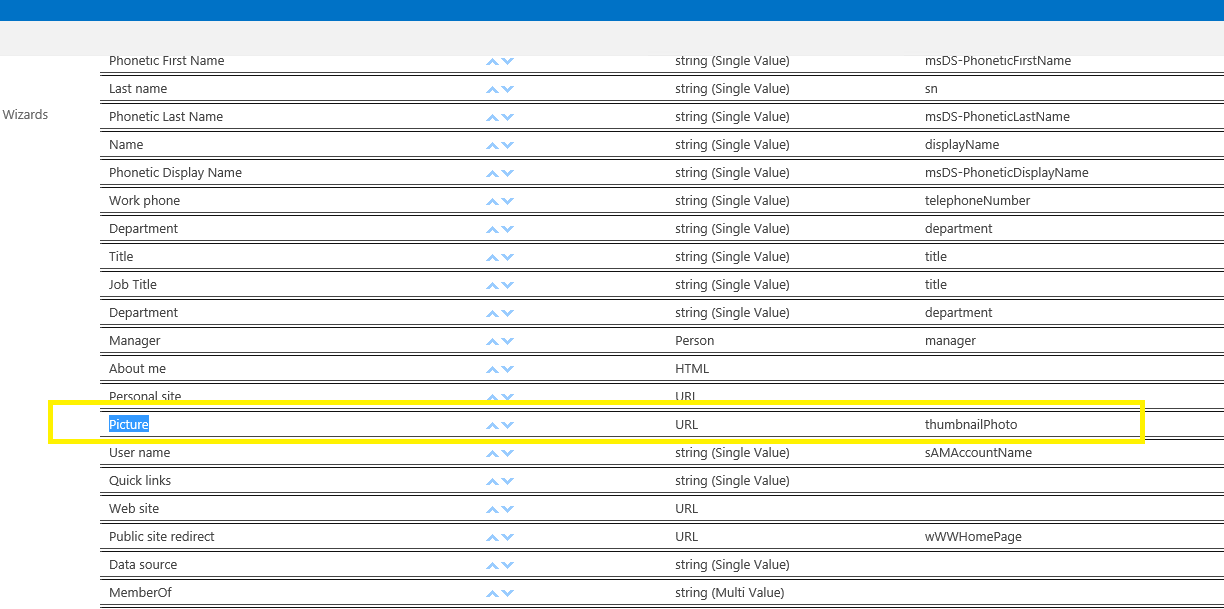Many of us gets confused with "Append" and "Append To" privileges for any security role.
"Append" and "Append To" basically deal with the entities that are parties to a 1:N relationship or N:1 relationship to make it more clear just read below example.
1. Login to CRM as administrator and open salesperson security role and set access level for "Append" and "Append To" to none for opportunity, account and contact entity and then save it.
2. Now Login to CRM as salesperson and create new opportunity and you will now notice both contact and account look ups are locked.
So "Append" privilege goes with the entity that you are currently working with. We are trying to append a record. This normally works with a child entity.
"Append To" privilege goes with a parent entity. Where a child entity has a look up for the parent entity and if they want to select a record from the parent entity then we should have append to privilege on the parent entity.
"Append" and "Append To" basically deal with the entities that are parties to a 1:N relationship or N:1 relationship to make it more clear just read below example.
1. Login to CRM as administrator and open salesperson security role and set access level for "Append" and "Append To" to none for opportunity, account and contact entity and then save it.
2. Now Login to CRM as salesperson and create new opportunity and you will now notice both contact and account look ups are locked.
3. To enable the look ups at opportunity update "Append" and "Append To" privileges for account, contact and opportunity entity in salesperson role by logging in to CRM again as administrator.
- first update the opportunity "Append" privilege to user level so that any other entities can append to opportunity (like in our case we have contact and account) and save the role.
now if you look at opportunity via logging in to CRM as salesperson you will notice look ups are still locked because till now we have only allow opportunity entity to have relationships with other entities so that salesperson can linked up any other entity record to opportunity which were created by him/her.
4. Now we need to update "Append To" privilege of account entity to user access level so that salesperson can link up account entity records to other entities records.
now if you open opportunity via logging in to CRM as salesperson you will see account look up is unlocked.
5. To unlock contact look up as well update "Append To" privilege of contact entity to user access level so that salesperson can link up contact entity records to other entities records.
now you will see contact look up on opportunity also get unlocked.
So "Append" privilege goes with the entity that you are currently working with. We are trying to append a record. This normally works with a child entity.
"Append To" privilege goes with a parent entity. Where a child entity has a look up for the parent entity and if they want to select a record from the parent entity then we should have append to privilege on the parent entity.
Hope above example help you understand "Append" and "Append To" better. :)














